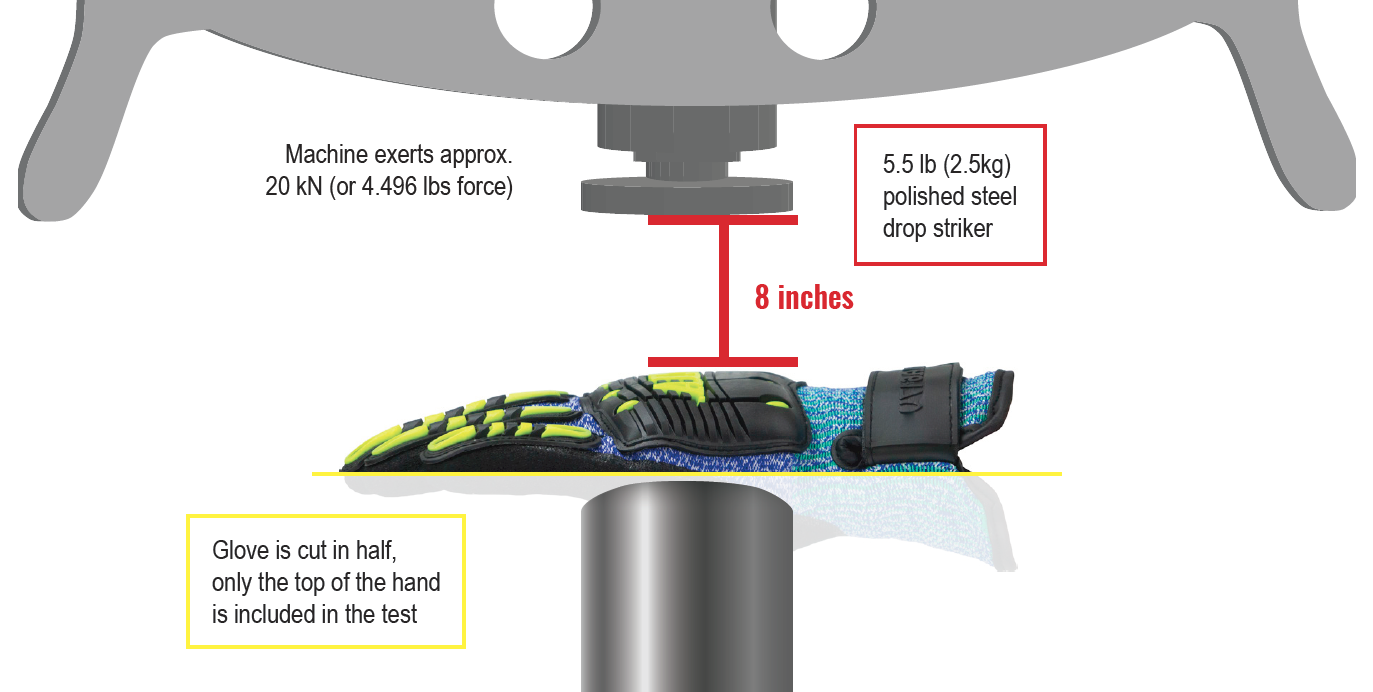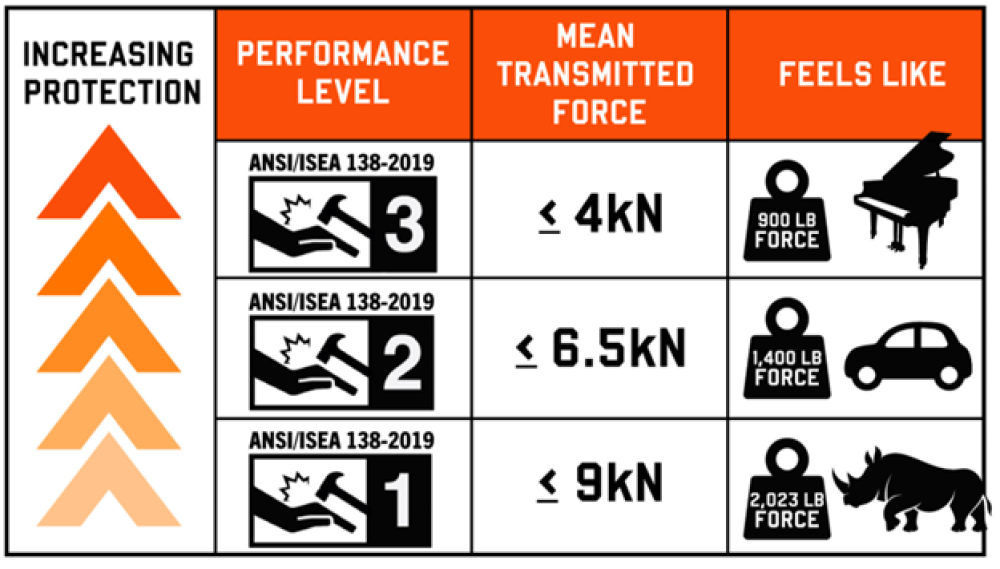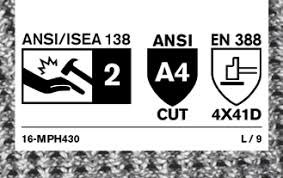One of the most common injuries on a worker’s body is related to the hand. We use them nonstop in almost every industry, especially ours. From administrative workers to drivers and cylinder fillers, we depend on our hands to get the job done.
However, even knowing how important our hands are, they are injured all the time and in situations that can almost always be avoided. In fact, accidents involving hands are the second leading type of injury on the job. Here are some recent statistics:
- Annually, there are approximately 110,000 lost time cases due to hand injuries.
- More than one million workers are treated each year for hand injuries.
- 70% of workers who experienced hand injuries were not wearing gloves.
- Another 30% of workers who wore gloves and were injured were wearing the wrong type or damaged gloves.
Lacerations are the most common type of hand injury, followed by crush injuries, then fractures. Since crush injuries are common in our industry, with workers handling cylinders, this article is mostly directed at the new ANSI impact standard and what it means to us.
In 2019, ANSI standard 138-2019 was developed by the International Safety Equipment Association (ISEA) and approved by the American National Standards Institute (ANSI). Although this standard has not yet been adopted by OSHA, it could fall into the “General Duty Clause,” which basically requires employers to recognize possible hazards and protect their employees from injuries and sickness.
WHAT IS THE ANSI 138 STANDARD?
The standard establishes the testing procedures that manufacturers must follow, the classification criteria, and the label requirements.
The ANSI 138 standard aims to protect workers’ dorsal side of their hands by using impact-resistant gloves. The impact-resistant gloves are specifically designed to focus on the knuckles, fingers, and thumbs from forceful injuries. The standard establishes different levels of measurement to resist the impact and possible crushing injury.

HOW ARE THEY TESTED?
The gloves are placed on an anvil, then a weight is dropped on the glove and recorded in kilonewtons (kN). A lower number indicates better resistance to impact, and a higher number means less impact resistance or protection. This test is repeated several times to ensure accuracy. The test will measure the impact on the thumb, knuckles, fingers, and finger joints.
The results of the test divide the gloves into three categories of impact resistance. In other words, the ratings indicate how well the gloves will offer protection against impact. The glove performance is then assigned an impact-rating level.
- Level 1: Less than 9 kN transferred through the glove, offering some protection
- Level 2: Less than 6.5 kN transferred through, offering mid-level impact rating
- Level 3: Less than 4 kN transferred through the glove, offering a high impact rating
This testing and rating system makes it easy for the consumer to know which glove is needed for the risk and possible hazards of a specific job.


HOW ARE THEY LABELED?
This is what a glove label may look like, and it has a lot of information for the consumer.
- ANSI/ISEA 138 depicts the impact level that the glove provides and was successfully tested to.
- The ANSI A4 Cut explains the cut resistance at which the glove was tested and passed; cut resistance levels are A1 through A9, with A9 offering the best cut protection.
- EN388 is the “European Nations” ratings, which have been adopted by most glove manufacturers, showing a lot of information, 4X41D
- 4 is abrasion resistance (1-4), 4 being the most protection.
- X means the glove was not tested for cut protection using ANSI 105; they decided to use the more accurate EN388 or ISO test, which is depicted in the last digit.
- 4 is the tear resistance (1-4), 4 being the highest level.
- 1 is the puncture resistance (1-4), 4 being the highest.
- D is the EN388 cut resistance level (A-F), F offering the highest protection.
In general, if a person is working around falling objects, objects that could fall, or working with heavy objects or equipment, that worker is at a high risk for impact injuries to their hands. In our industry, moving heavy non-forgiving cylinders around could cause impact injuries to the hands, and many such injuries have been recorded. In fact, a close member of my family lost part of his finger in a crushing injury while moving cylinders.
I almost always end these articles with “if you’re not providing these safety items to your customer, then who is?” But since this is a general safety article explaining how gloves can protect workers who encounter this type of hazard, it is also directed at workers in our industry. Cylinders are notorious for having poor handles, making them difficult to move around, thus causing many possible hazards to workers who handle them. Very common ones we can address are “caught between” and “crushed by” cylinder injuries. Remember the OSHA General Duty Clause, and protect your workers the best you can against risks that can cause injuries, sickness, or death.








